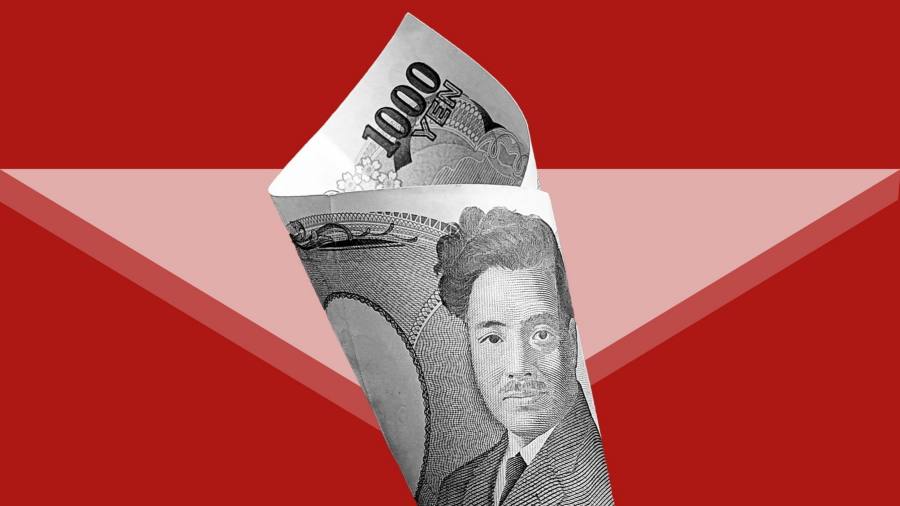
Receive free Yen updates
We’ll send you a myFT Daily Digest email rounding up the latest Yen news every morning.
Japan’s yen declined against the dollar on Friday, briefly touching a threshold last crossed seven months ago and reigniting speculation that authorities in Tokyo were moving closer to an intervention to support the currency.
The yen fell about 0.2 per cent to ¥145.07 a dollar in morning trading in Asia, crossing the ¥145 level for the first time since mid-November and close to the ¥145.8 level that prompted Japan’s finance ministry to intervene last September.
In response, Japan’s finance minister Shunichi Suzuki repeated language used by the government in recent days as it stepped up its verbal intervention. Suzuki told reporters that he was watching currency markets with a “high sense of urgency” and vowed that authorities would take “appropriate steps” in the event of an excessive weakening of the yen.
“The market perception is that we are approaching uncomfortable levels, and recent statements from the [finance ministry] have echoes of the run-up to last year’s intervention,” said Benjamin Shatil, a currency strategist at JPMorgan in Tokyo.
Currency traders said if the yen continued to move down, the government would shift to using phrases that in the past represented the highest level of verbal intervention. Another signal would be a three-way meeting among the Bank of Japan, the finance ministry and the Financial Services Agency, the regulator.
Currency traders said they were alert for any signal that the BoJ was conducting a “rate check”, a precursor to an intervention in which the central bank privately canvasses dealing rooms on the probable cost and impact of the government stepping into the market.
Such rate checks preceded two significant bouts of intervention last year in September and October, when authorities spent a total of $65bn on yen purchases in an effort to pull the currency up from 30-year lows and protect Japanese consumers from surging inflation on imported energy and food.
“We have not heard of a rate check happening yet, but once the yen reached ¥145, you have to count it as a possibility,” said a trader at one of the Japanese banks consulted before last year’s interventions.
JPMorgan’s Shatil said the fundamentals behind the yen’s slide suggested it had further to fall. The US remains in a monetary tightening cycle, while the BoJ remains committed to its ultra-loose policy.
Yujiro Goto, a foreign exchange strategist at Nomura Securities, said the yen had probably not fallen far or fast enough to trigger an intervention, but the chance of that happening was “clearly rising”.